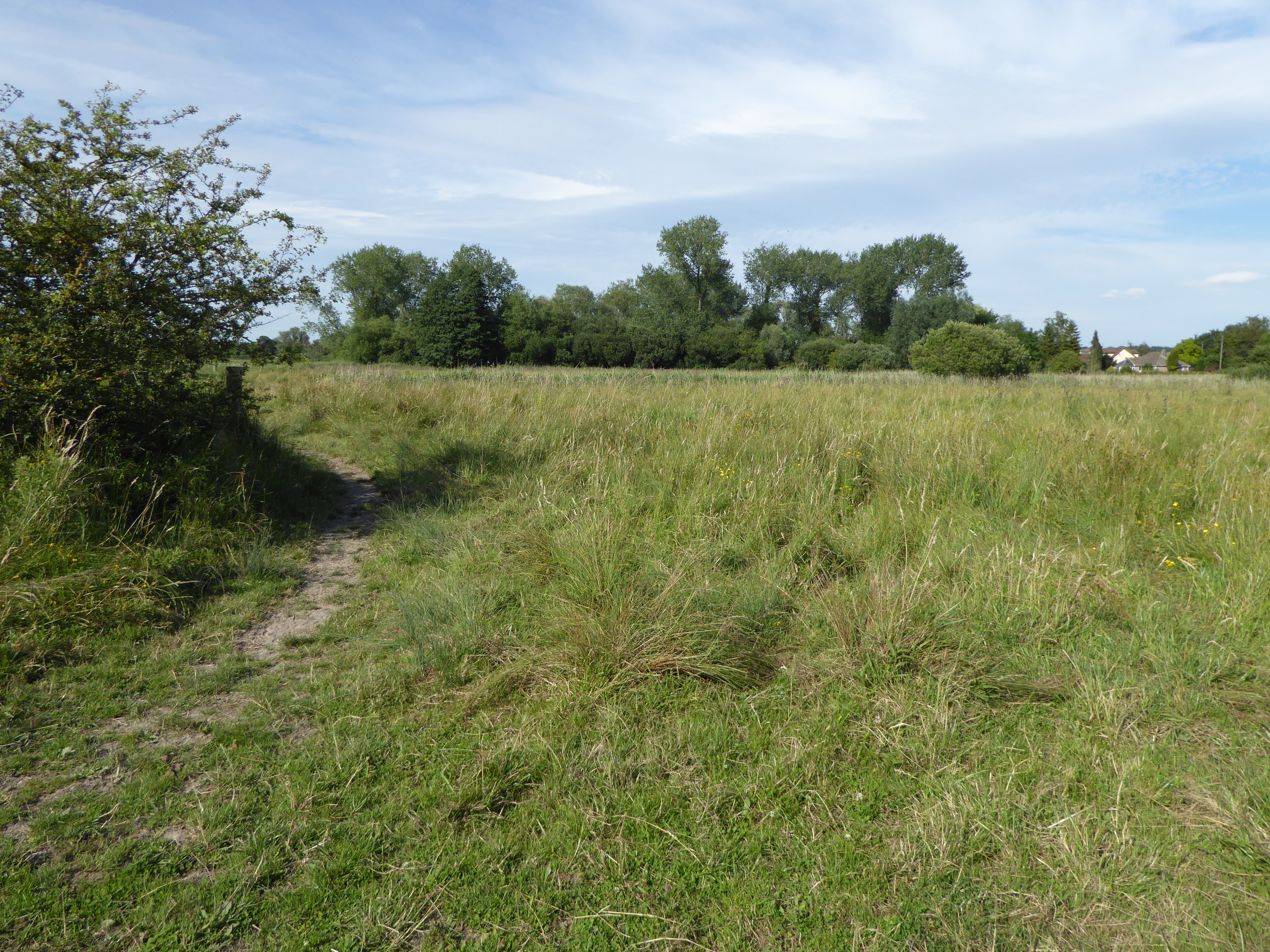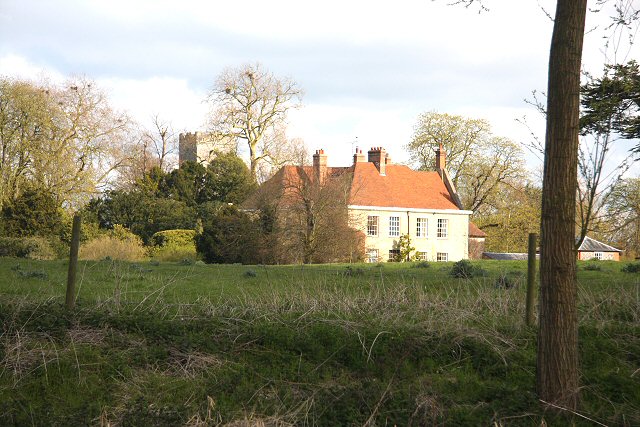Pakenham Fen
Downs, Moorland in Suffolk West Suffolk
England
Pakenham Fen

Pakenham Fen is a designated nature reserve located in Suffolk, England. It is situated in the village of Pakenham, near the town of Bury St Edmunds. Covering an area of approximately 400 acres, the fen consists of a diverse range of habitats including wetlands, meadows, woodland, and moorland.
The reserve is known for its rich biodiversity and is home to a wide variety of plant and animal species. It is particularly renowned for its birdlife, attracting birdwatchers from all over the country. Visitors can expect to spot species such as marsh harriers, bitterns, reed warblers, and kingfishers.
Pakenham Fen is managed by the Suffolk Wildlife Trust, which works to maintain and enhance the natural environment. The reserve offers several walking trails that allow visitors to explore the different habitats and observe the wildlife. There are also bird hides strategically placed around the site, providing excellent viewing opportunities.
In addition to its natural beauty, Pakenham Fen has historical significance as well. The site has evidence of human habitation dating back to the Bronze Age, and archaeological excavations have uncovered artifacts such as pottery and flint tools.
Overall, Pakenham Fen is a unique and important nature reserve in Suffolk, offering visitors the chance to experience a diverse range of habitats and observe a wide variety of wildlife. Whether you are a nature enthusiast, a birdwatcher, or someone interested in history, Pakenham Fen has something for everyone.
If you have any feedback on the listing, please let us know in the comments section below.
Pakenham Fen Images
Images are sourced within 2km of 52.276787/0.82879047 or Grid Reference TL9368. Thanks to Geograph Open Source API. All images are credited.







Pakenham Fen is located at Grid Ref: TL9368 (Lat: 52.276787, Lng: 0.82879047)
Administrative County: Suffolk
District: West Suffolk
Police Authority: Suffolk
What 3 Words
///origin.clock.tortoises. Near Ixworth, Suffolk
Nearby Locations
Related Wikis
Pakenham Meadows
Pakenham Meadows is a 5.8-hectare (14-acre) biological Site of Special Scientific Interest north of Pakenham in Suffolk.This unimproved and poorly drained...
Newe House
Newe House is a Grade II* listed Jacobean dower house in the village of Pakenham, Suffolk.Newe House was built in 1622 by Sir Robert Bright and today the...
Pakenham, Suffolk
Pakenham is a village and civil parish in the West Suffolk district of Suffolk in eastern England. Its name can be linked to Anglo-Saxon roots, Pacca being...
Nether Hall, Suffolk
Nether Hall is a country house situated in the village of Pakenham, Suffolk. It was one of the ancient manors of the village and seat of the Greene baronets...
Pakenham Windmill
Pakenham Mill is a Grade II* listed tower mill at Pakenham, Suffolk, England which has been restored and is maintained in working order. == History... ==
Mickle Mere
Mickle Mere is a 17 hectare nature reserve south of Ixworth in Suffolk. It is managed by the Suffolk Wildlife Trust.This area of open water and wet meadows...
Ixworth Priory
Ixworth Priory was an Augustine priory at Ixworth in the English county of Suffolk. It was founded in the 12th century and dissolved in 1537. The priory...
Ixworth
Ixworth is a village and civil parish in the West Suffolk district of Suffolk, England, 6 miles (9.7 km) north-east of Bury St Edmunds on the A143 road...
Nearby Amenities
Located within 500m of 52.276787,0.82879047Have you been to Pakenham Fen?
Leave your review of Pakenham Fen below (or comments, questions and feedback).

















